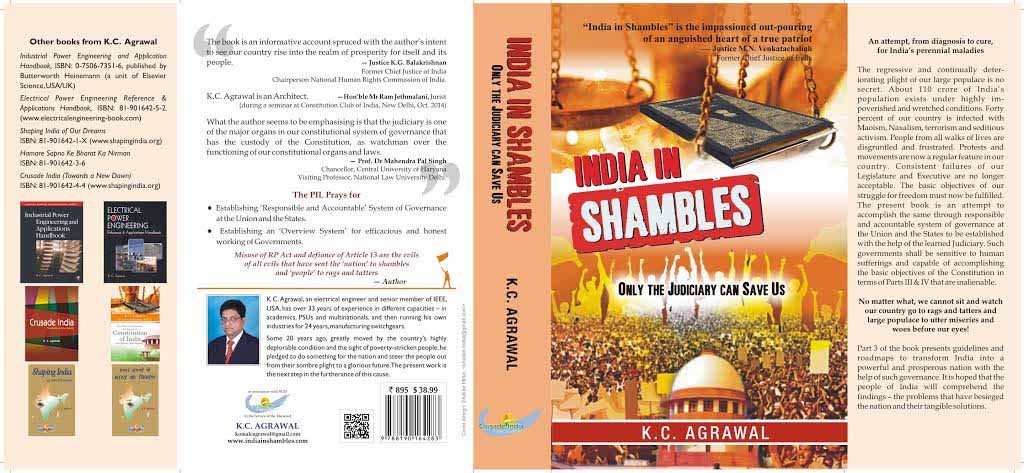Book at a Glance
PART V - Busbar Systems
Chapter 28. Carrying power through metal-enclosed bus systems
• Introduction
• Types of metal-enclosed bus systems
• Non-conventional compact and sandwich low loss bus systems for LV and HV systems
• Partially isolated bus systems for HV systems
• Design parameters and service conditions for a metal enclosed bus system
• Short-circuit effects
• Service conditions
• Other design considerations for aluminium and copper busbars
• Skin effect Proximity effect
• Sample calculation for designing a 2500 A non-isolated phase aluminium busbar system
Introduction
In a power-generating station power is carried from the generator to the power transformer, to the unit auxiliary transformer (UAT) or to the unit auxiliary switchgear as illustrated in Figure 13.21 through solid conductors (HV bus systems). This is due to large capacity of the generators (up to 1000 MW). The transmission of such large amounts of power over long distances is then through overhead lines or underground cables.
Types of metal-enclosed bus systems
A bus system can be one of the following types, depending upon its application:
• Non-segregated
• Segregated
• Isolated phase
• Rising mains (vertical bus systems)
• Overhead bus (horizontal bus system)
• Non-conventional bus systems
(1) Compact and sandwich type
(2) Partially isolated phase bus (PIPB) type
(3) Gas (SF6) insulated busbars (GIB)
• Types of metal-enclosed bus systems
• Non-conventional compact and sandwich low loss bus systems for LV and HV systems
• Partially isolated bus systems for HV systems
• Design parameters and service conditions for a metal enclosed bus system
• Short-circuit effects
• Service conditions
• Other design considerations for aluminium and copper busbars
• Skin effect Proximity effect
• Sample calculation for designing a 2500 A non-isolated phase aluminium busbar system
Introduction
In a power-generating station power is carried from the generator to the power transformer, to the unit auxiliary transformer (UAT) or to the unit auxiliary switchgear as illustrated in Figure 13.21 through solid conductors (HV bus systems). This is due to large capacity of the generators (up to 1000 MW). The transmission of such large amounts of power over long distances is then through overhead lines or underground cables.
Types of metal-enclosed bus systems
A bus system can be one of the following types, depending upon its application:
• Non-segregated
• Segregated
• Isolated phase
• Rising mains (vertical bus systems)
• Overhead bus (horizontal bus system)
• Non-conventional bus systems
(1) Compact and sandwich type
(2) Partially isolated phase bus (PIPB) type
(3) Gas (SF6) insulated busbars (GIB)


